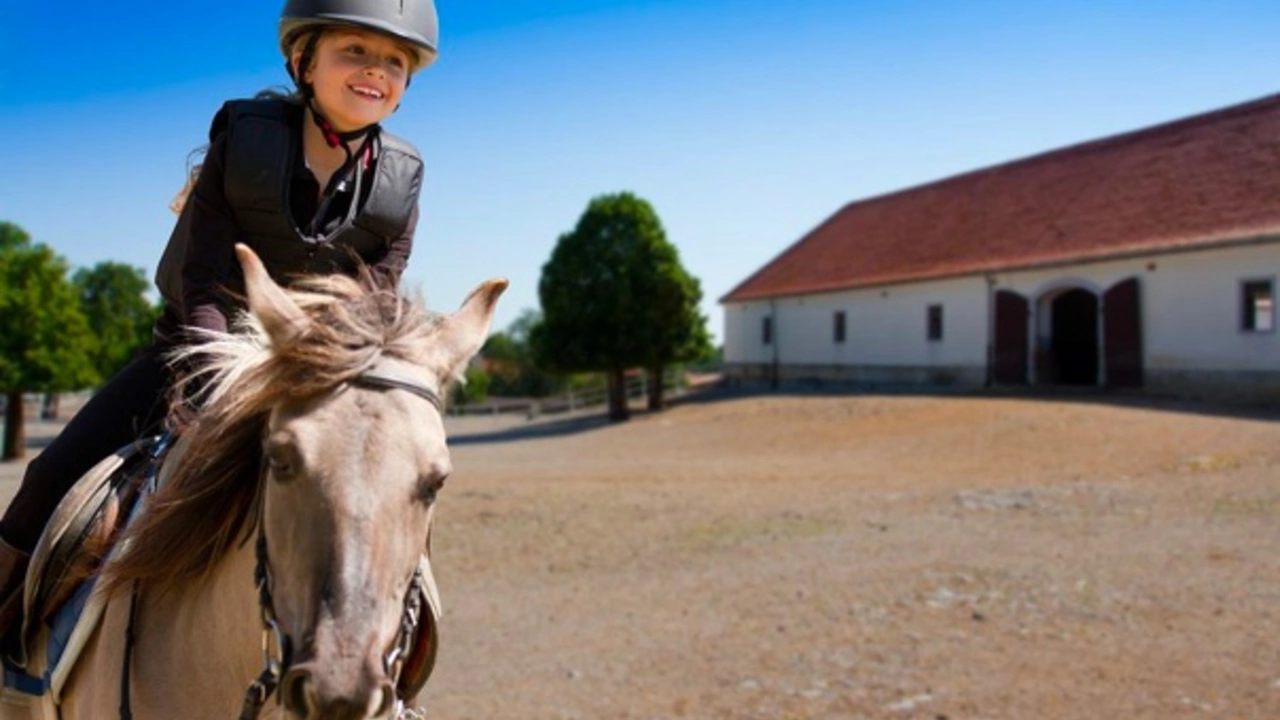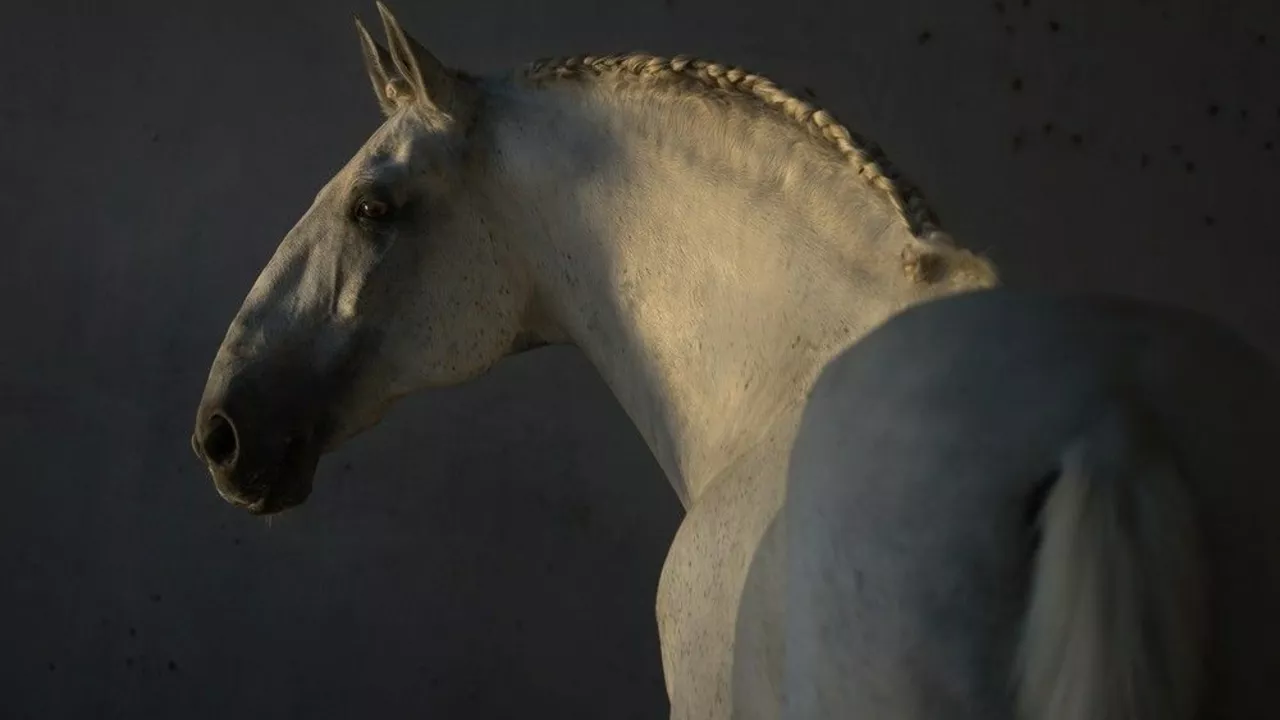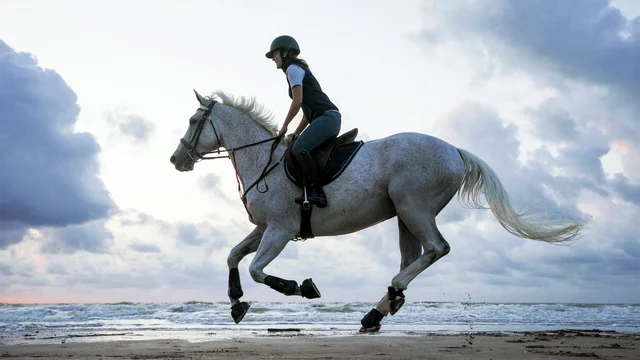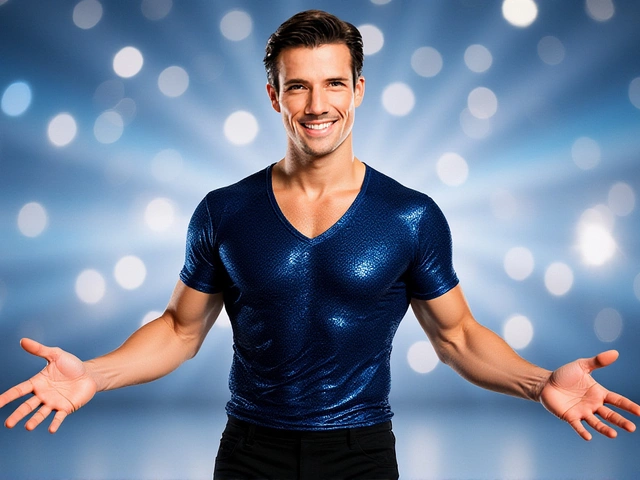Equestrian Education: Your Guide to Learning Riding and Horse Care
Ever thought about hopping on a horse but weren’t sure where to start? You’re not alone. Many people wonder if there’s an age limit, what the right gear is, or how a horse’s facial shape affects its health. This page gives you straight‑forward answers and practical steps so you can feel confident in the saddle and in the stable.
No Age Limit – Start Riding Anytime
One of the biggest myths is that you have to be young to learn to ride. In reality, riders of all ages can start fresh. The key factors are physical fitness, a willingness to learn, and a genuine bond with the horse. Beginners should start with a low‑impact lesson program that focuses on balance, posture, and basic commands. Many stables offer senior‑friendly classes that keep the pace relaxed and the exercises gentle.
Before you sign up, ask the instructor about a health screening. Simple checks on back strength, knee health, and cardiovascular fitness help match you with the right horse and lesson intensity. Remember, riding is a full‑body workout, so a bit of regular stretching and core strengthening will make your progress smoother.
If you’re over 60, look for a calm, well‑trained horse – often a larger, steady breed like a draft or a calm Warmblood. These horses move gently and can provide that reassuring rhythm you need when you’re building confidence.
Understanding Horse Features: The Roman Nose
Ever noticed a horse with a pronounced, convex nose? That’s called a “Roman nose,” and it’s purely a genetic trait. Breeds such as the Andalusian or the Shire often show this feature because it was historically selected for strength and a strong bite. The shape doesn’t affect performance or health; it’s just part of the horse’s unique look.
When choosing a horse, focus on temperament, conformation, and soundness rather than facial quirks. A friendly, willing horse will teach you faster than a flashier face. If you’re buying or leasing, ask the owner about the horse’s movement, any past injuries, and how it reacts to new riders.
Beyond looks, understanding basic anatomy helps you spot potential problems early. Check the horse’s eyes for clarity, ears for quick movement, and posture for a level back. These simple observations can prevent bigger issues down the line.
Ready to start? Here’s a quick checklist to get you on the right track:
- Find a reputable stable with beginner‑friendly programs.
- Schedule a health check for yourself and discuss any concerns with the instructor.
- Choose a calm, well‑trained horse for your first lessons.
- Learn basic grooming and tack‑up skills – they’ll boost your confidence.
- Ask questions about the horse’s breed traits, like a Roman nose, to understand its background.
Every rider starts somewhere, and the only real limit is the one you set for yourself. With the right guidance, a supportive stable, and a willingness to learn, you’ll be riding confidently in no time. So grab that helmet, find a horse you click with, and enjoy the ride!




